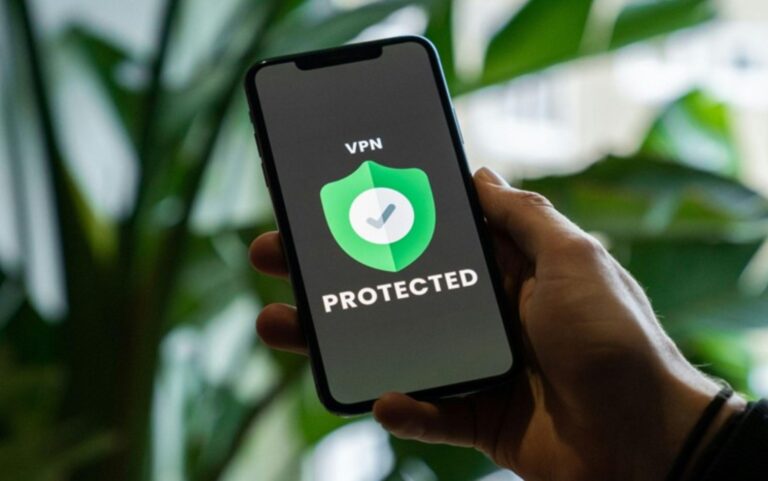In 2025, data is everywhere. Flowing through apps, cloud platforms, devices across the globe and every organization, whether it’s a small startup or a large enterprise, depends on data to function. This makes Data Lifecycle Management (DLM) more important than ever.
DLM is all about managing data from the moment it’s created until it’s no longer needed. Most companies are good at the beginning stages – collecting, storing, and using data. But when it comes to the end of the cycle, there’s a step that often gets ignored: secure data deletion.
What Is the Data Lifecycle?
Think of data like a story. It has a beginning, a middle, and an end. It starts when you create or collect it. Then it gets stored in a database or on a device. You use it for business operations, reports, or customer service. Maybe you can archive it for later. Eventually, the time comes when that data is no longer useful or necessary.
And here’s the catch, that final stage – deletion, isn’t just about hitting “delete.”
To remove your digital footprints from the internet is very important. If you don’t use personal information removal services to dispose of data the right way, you could be at risk exposing sensitive information long after you thought it was gone.
What Happens When You Don’t Delete Data Properly?
Most people think deleting a file and emptying the recycle bin is enough. It’s not. Deleted files can often be recovered using free software. That means if you toss out an old hard drive or recycle a laptop without secure deletion, someone could still access what was on it.
There have been plenty of real-world cases where companies lost control of customer or patient data because old equipment was discarded improperly. Sometimes, it’s just old emails or spreadsheets. Other times, it’s financial records or medical files.
The consequences?
- Legal trouble from failing to meet data protection laws like GDPR or HIPAA.
- Loss of trust from customers, partners, and even employees.
And don’t forget the potential fines – regulators in 2025 aren’t pulling punches when it comes to data mishandling.
How to Delete Data Securely
One method is data wiping, where the system overwrites the data multiple times to make it unrecoverable. This is common for drives you want to reuse.
Skipping this part can lead to big problems – data breach, legal penalties, and serious harm to your company’s reputation.
Then there’s physical destruction, literally destroying the hardware by shredding, melting, or crushing it. That’s usually reserved for very sensitive or highly confidential data.
The method you choose depends on the type of device and the level of sensitivity of the data. But the goal is the same, to make it impossible to recover.
Why It Matters for Compliance
It’s not just about best practices, but about staying on the right side of the law.
Regulations like the General Data Protection Regulation (GDPR) in Europe and the Health Insurance Portability and Accountability Act (HIPAA) in the U.S. require organizations to securely delete personal data when it’s no longer needed. There are similar rules in California, Canada, Brazil, and other regions.
If regulators discover that you’ve kept data longer than necessary – or deleted it carelessly – you could face hefty fines or lawsuits. In short, secure deletion isn’t optional. It’s a legal requirement in many industries.
Building a Secure Deletion Policy
To stay protected, companies need a plan:
- Set clear rules on when and how data should be deleted.
- Train employees so everyone understands what’s expected.
- Use software or services that automate the process and reduce human error.
- Keep records of deleted data to show you followed proper procedures.
- Review your policies regularly to stay current with tech and legal changes.
By putting a proper system in place, you reduce the risk of mistakes and prove to auditors that you’re doing things by the book.
The Roadblocks (and How to Get Past Them)
Of course, it’s not always simple. Many companies struggle with:
- Lack of awareness – staff may not realize how important deletion is.
- Complex systems – data is spread across cloud apps, devices, and external platforms.
- Limited resources – smaller teams might not have the tools or time.
The fix? Make data security part of your company culture. Invest in the right tools. Assign someone the responsibility of managing the process. Most importantly, don’t treat secure deletion as an afterthought.
Final Thoughts
Secure data deletion is one of the most overlooked – but most important – steps in the data lifecycle. You can have the best security in place while data is active, but if you forget to dispose of it properly at the end, you’ve left the door wide open.
In today’s world, with strict laws and increasing cyber threats, secure deletion isn’t just good practice – it’s essential. Take it seriously. Treat it as a key part of your data management strategy. And remember, what you don’t delete properly can come back to haunt you.
